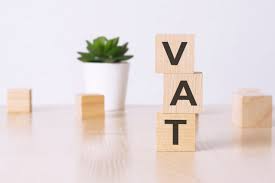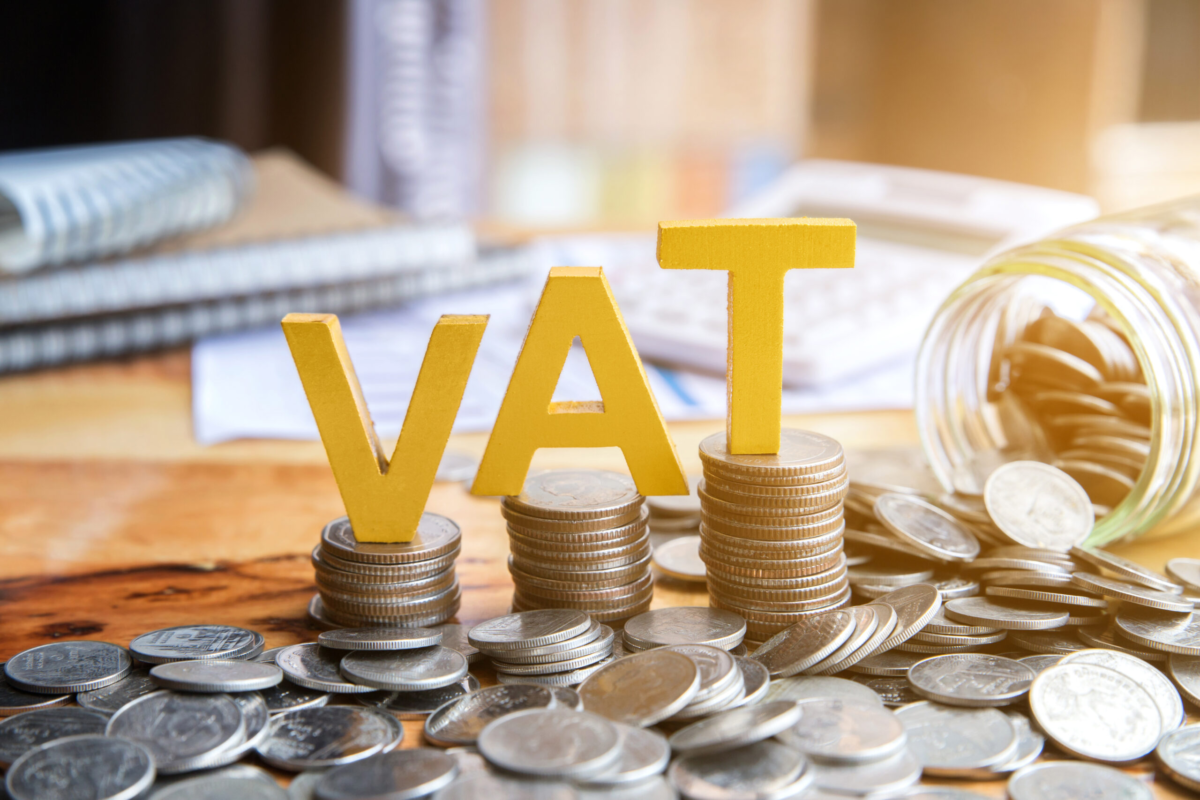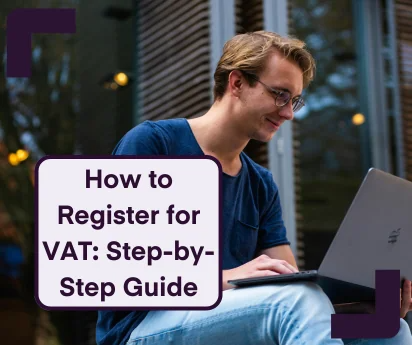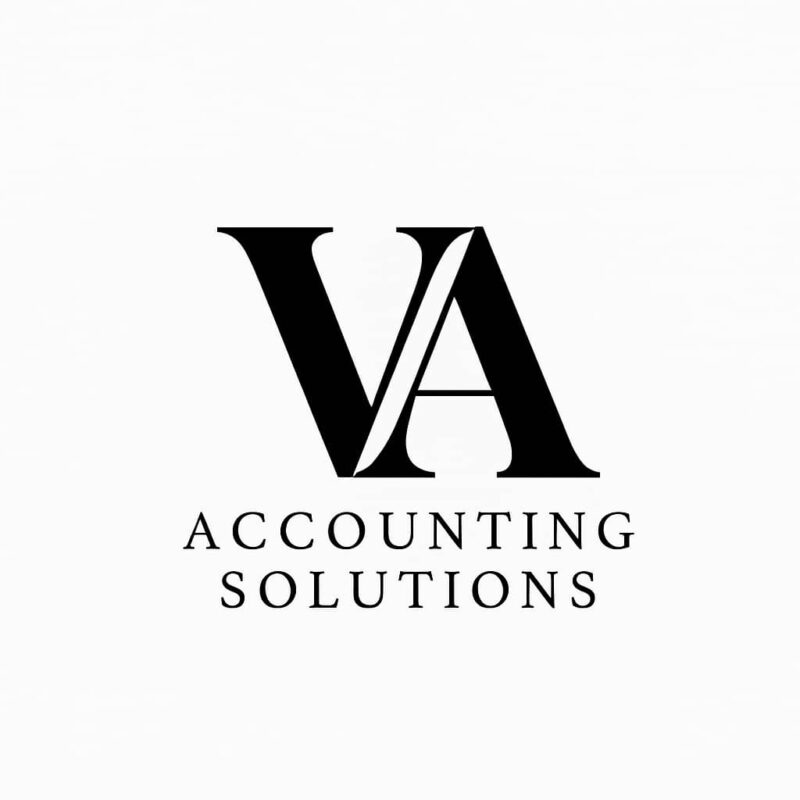The VAT “Cliff Edge” and What It Means for Your Business
For a growing small business in the UK, crossing the VAT (Value Added Tax) threshold is a major milestone. VAT is a tax added to the price of most goods and services, which VAT-registered businesses must charge to their customers and then pay to HMRC.
The registration threshold, currently £90,000, often feels like a “cliff edge.” Many businesses deliberately restrict their growth to avoid crossing it, fearing the administrative burden and the need to increase their prices by 20%. This isn’t just a compliance task; it’s a strategic decision with profound implications for your pricing, competitiveness, and cash flow.
This guide will provide clarity on this critical topic. We will explain when you must register for VAT, the pros and cons of registering voluntarily before you reach the threshold, and the various schemes designed to simplify VAT for small businesses.

Compulsory VAT Registration: When You Have No Choice
You are legally required to register for VAT once your business meets one of two key tests.
Understanding the £90,000 Threshold
As of 1 April 2024, the VAT registration threshold is £90,000. You must register if you meet either of the following conditions:
- The Historic Test (Backward Look): Your total VAT taxable turnover in the last 12 months has exceeded £90,000. This is a rolling 12-month period, not a fixed calendar or financial year. You must check your turnover at the end of every month.
- The Future Test (Forward Look): You have good reason to believe your VAT taxable turnover will exceed £90,000 in the next 30 days alone. This could happen if you win a single large contract, for example.
What is “VAT Taxable Turnover”?
This is a crucial definition. Your taxable turnover is the total value of everything you sell that is not VAT exempt. It is important to remember that this includes sales of goods and services that are standard-rated (20%), reduced-rated (5%), and zero-rated (0%). A common mistake is to assume that zero-rated sales do not count towards the threshold, but they do.
Deadlines and Penalties for Late Registration
The deadlines for registering are strict. If you exceed the threshold based on the historic test, you must register within 30 days of the end of the month in which you went over. If you fail to register on time, you will be liable for the VAT on all sales made from the date you should have been registered. HMRC may also charge a penalty, the size of which depends on how much tax is owed and how late the registration is.
Voluntary VAT Registration: Should You Register Early?
Even if your turnover is below £90,000, you can choose to register for VAT voluntarily. This is a strategic decision that depends heavily on the nature of your business and, most importantly, your customers.
The Advantages of Voluntary Registration
- Reclaiming Input VAT: This is the most significant benefit. Once registered, you can reclaim the VAT you pay on your business purchases and expenses (known as ‘input tax’). For businesses with high start-up costs or significant ongoing expenses, this can lead to substantial savings and improved cash flow.
- Enhanced Credibility: A VAT registration number can make your business appear larger, more established, and more professional. Some larger companies prefer or will only deal with VAT-registered suppliers.
- Backdating Claims: You may be able to reclaim VAT on certain goods you bought up to four years before you registered (if you still have them) and on services bought up to six months before registration.
The Disadvantages of Voluntary Registration
- Increased Prices for Some Customers: You must add VAT to your sales prices. If your customers are the general public or small non-VAT-registered businesses (a B2C model), they cannot reclaim this VAT. This effectively increases your price by 20%, which could make you less competitive.
- Administrative Burden: Being VAT-registered brings new responsibilities. You must comply with Making Tax Digital (MTD) for VAT rules, which means keeping digital records and using compatible software to file your VAT returns, usually every quarter. This can add to your administrative workload and costs.
The decision to register voluntarily often comes down to one question: Who are your customers? If you primarily sell to other VAT-registered businesses (a B2B model), they can simply reclaim the VAT you charge, so your price remains competitive. In this scenario, registration is often beneficial. If you sell to the public, the price increase can be a significant deterrent.

An Overview of VAT Schemes for Small Businesses
To help ease the administrative burden, HMRC offers several simplified VAT schemes. These are voluntary to join once you are registered.
| VAT Scheme | Best For | Turnover Limit (to join) | Key Feature |
| Cash Accounting Scheme | Businesses with slow-paying customers | £1.35 million or less | Pay VAT to HMRC only when your customers pay you. |
| Flat Rate Scheme | Businesses with low expenses/purchases | £150,000 or less | Pay a fixed percentage of your turnover to HMRC. Cannot reclaim most input VAT. |
| Annual Accounting Scheme | Businesses with stable turnover seeking less admin | £1.35 million or less | File only one VAT return per year, making interim payments. |
| Margin Scheme | Businesses selling second-hand goods, art, or antiques | N/A | Pay VAT on your profit margin, not the full selling price. |
Source:(https://www.gov.uk/how-vat-works/vat-schemes)
Cash Accounting Scheme
Under standard accounting, you owe VAT to HMRC based on your invoice date, even if your customer hasn’t paid you. The Cash Accounting Scheme allows you to account for VAT based on when you are actually paid, which can significantly help with cash flow.
Flat Rate Scheme
This scheme simplifies your calculations. Instead of working out the difference between the VAT on your sales and purchases, you pay a single, fixed-rate percentage of your turnover to HMRC. The rate depends on your industry. However, you cannot reclaim VAT on most purchases under this scheme.
Annual Accounting Scheme
Instead of filing four quarterly VAT returns, this scheme allows you to file just one per year. You make advance payments towards your VAT bill throughout the year, with a final balancing payment or refund at the year-end.
The VAT Registration Process and Your Obligations

You can typically(https://www.gov.uk/register-for-vat) through the Government Gateway service. You will need key information to hand, such as your Unique Taxpayer Reference (UTR), National Insurance number, business bank details, and turnover figures.
Once registered, your key obligations are to:
- Charge the correct rate of VAT on your sales.
- Issue valid VAT invoices to your customers.
- Keep digital VAT records in compliance with MTD rules.
- Submit your VAT returns on time.
- Pay any VAT due to HMRC by the deadline.
Conclusion: Making a Strategic VAT Decision
Navigating the VAT threshold is a critical step in the growth of any small business. It requires careful monitoring of your rolling 12-month turnover to ensure you register on time if required. For those below the threshold, a voluntary registration can offer significant benefits, particularly for B2B businesses, but it demands a careful analysis of the impact on your customers and your administrative capacity. By understanding the rules and the simplifying schemes available, you can make a strategic decision that supports, rather than stifles, your business’s growth.
FAQs: The UK VAT Threshold – A Small Business Guide to Registration & Schemes
1. What is the VAT threshold in the UK?
As of 2025, the VAT registration threshold is £90,000 in taxable turnover over a rolling 12-month period. If your business turnover exceeds this amount, you must register for VAT with HMRC.
2. What does “taxable turnover” mean?
Taxable turnover refers to the total value of all sales subject to VAT, excluding VAT itself. This includes standard-rated, reduced-rated, and zero-rated goods and services, but excludes exempt and outside-the-scope sales.
3. When must I register for VAT?
You must register if:
- Your taxable turnover goes over £90,000 in any 12-month rolling period.
- You expect to exceed this threshold in the next 30 days alone.
- You receive goods worth over £90,000 from the EU in a calendar year (for Northern Ireland under the NI Protocol).
You can also voluntarily register if you’re under the threshold.
4. What happens if I don’t register when I should?
HMRC may charge you a penalty and you will be liable to pay VAT from the date you should have registered, even if you didn’t charge it to customers.
5. Can I register for VAT voluntarily?
Yes. Businesses with turnover below the threshold can register voluntarily. This is often beneficial if:
- You sell to VAT-registered businesses.
- You want to reclaim input VAT on purchases.
6. What are the VAT schemes available to small businesses?
HMRC offers several schemes to simplify VAT:
- Flat Rate Scheme (FRS): Pay a fixed % of turnover, with limited reclaim of VAT.
- Cash Accounting Scheme: Pay VAT when you receive payments, not invoices.
- Annual Accounting Scheme: Submit one VAT return per year instead of quarterly.
7. How do I calculate my taxable turnover?
Add up all VAT-taxable sales (excluding VAT) over the past 12 months. This is a rolling calculation, not based on the tax year or calendar year.
8. Do I need to register for VAT if I sell only online or to international customers?
- Yes, if you exceed the UK threshold selling within the UK.
- If you sell digital services to EU consumers, you may also need to register for the One Stop Shop (OSS) scheme.
9. How do I register for VAT?
You can register online via the HMRC website. You’ll receive a VAT number, and must start charging VAT from your registration effective date.
10. What records must I keep after registering for VAT?
You must keep:
- VAT invoices (sales and purchases)
- VAT account
- VAT returns
- Records for at least 6 years
11. What is Making Tax Digital (MTD) for VAT?
All VAT-registered businesses must follow MTD rules, meaning:
- Keep digital VAT records.
- Submit returns using compatible accounting software.
12. What if my turnover drops below the threshold after registering?
You may apply for deregistration if your turnover is expected to fall below £88,000 in the next 12 months. Use the HMRC portal to request deregistration.
